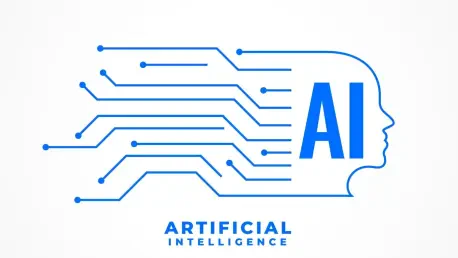The modern business landscape has seen a rapid integration of AI agents into various enterprise functions. In response to this trend, Salesforce’s latest release, Agentforce 3, marks a significant leap in AI agent technology with its goal of enhancing automation capabilities. This review evaluates Agentforce 3’s potential as a tool for enterprises to create, deploy, and manage AI agents seamlessly, thus determining its overall value as an investment.
Overview of Salesforce Agentforce 3
Agentforce 3 introduces notable features like Agentforce Studio and Command Center, designed to support businesses in their AI journey. Agentforce Studio amalgamates previously scattered tools into a unified environment, facilitating comprehensive lifecycle development across a spectrum of user personas. This is crucial as enterprises can not only build agents but continuously refine them, allowing for adaptability and growth in agent capabilities.
Command Center, the cornerstone of Agentforce 3, offers robust monitoring and optimization functions, providing enhanced visibility and control over agent performance. Its embedded optimizer uniquely recommends improvements based on real-time analytics, signifying a noteworthy evolution from its predecessor. This positions enterprises to extract increased value during every stage of their AI deployment.
Performance Evaluation
Measured against real-world scenarios, Agentforce 3 showcases robust performance. It features efficient lifecycle management that streamlines the end-to-end process from development to refinement. Its observation capabilities provide crucial telemetry and debugging tools, promoting collaboration among diverse team profiles, from technical to managerial roles.
Agentforce’s optimization framework plays a critical role in ensuring AI agents operate at full potential. By consistently streaming performance metrics, businesses are afforded a clear view of operational effectiveness. Moreover, the deployment efficiency of Agentforce 3 ensures a seamless transition from testing to production, minimizing downtime to maximize productivity.
Pros and Cons
Among the advantages of Agentforce 3 is its intuitive interface that simplifies complex operations, making it accessible to teams across various skill levels. The strategic consolidation of tools within Agentforce Studio enhances the user experience, while Command Center’s emphasis on business outcomes ensures AI initiatives align with organizational goals.
However, one area where Agentforce 3 might fall short is cost optimization. While operational features are advanced, the system lacks comprehensive tools for cost management, as seen in other AI platforms. Organizations investing in AI agents should consider this limitation in budget planning and execution.
Recommendation Summary
Agentforce 3 emerges as a powerful platform for enterprises seeking to amplify their AI capabilities. With its innovative features, it addresses critical aspects of AI deployment, from lifecycle management to performance optimization. Businesses that prioritize seamless integration and efficient monitoring will find significant benefits from adopting this tool. Nevertheless, prospective users should weigh the importance of cost management when evaluating Agentforce 3’s fit for their needs.
Final Thoughts and Advice
The evolution Agentforce 3 represents in AI agent technology offers promising opportunities for organizations aiming to enhance their digital labor strategy. While its features present substantial operational advantages, enterprises must adopt a holistic view, considering both functionality and financial implications. Future iterations might benefit from incorporating cost control enhancements, providing a more comprehensive suite to meet diverse business challenges. As Salesforce continues to innovate, businesses should stay attuned to its developments, maximizing the potential benefits Agentforce presents.









